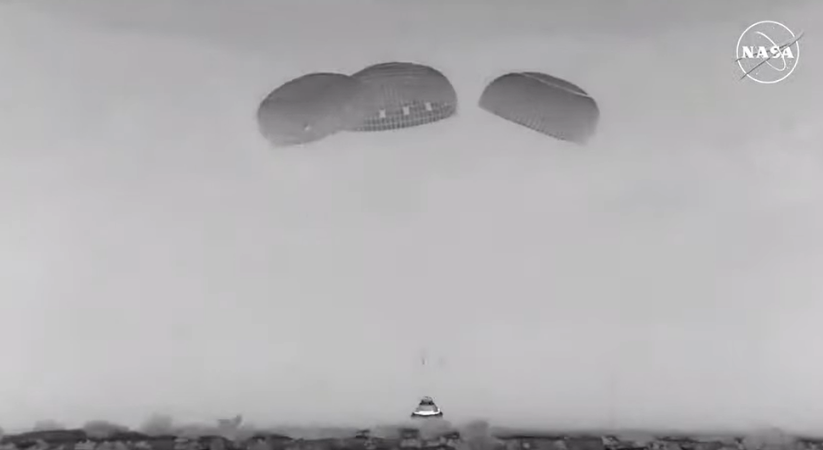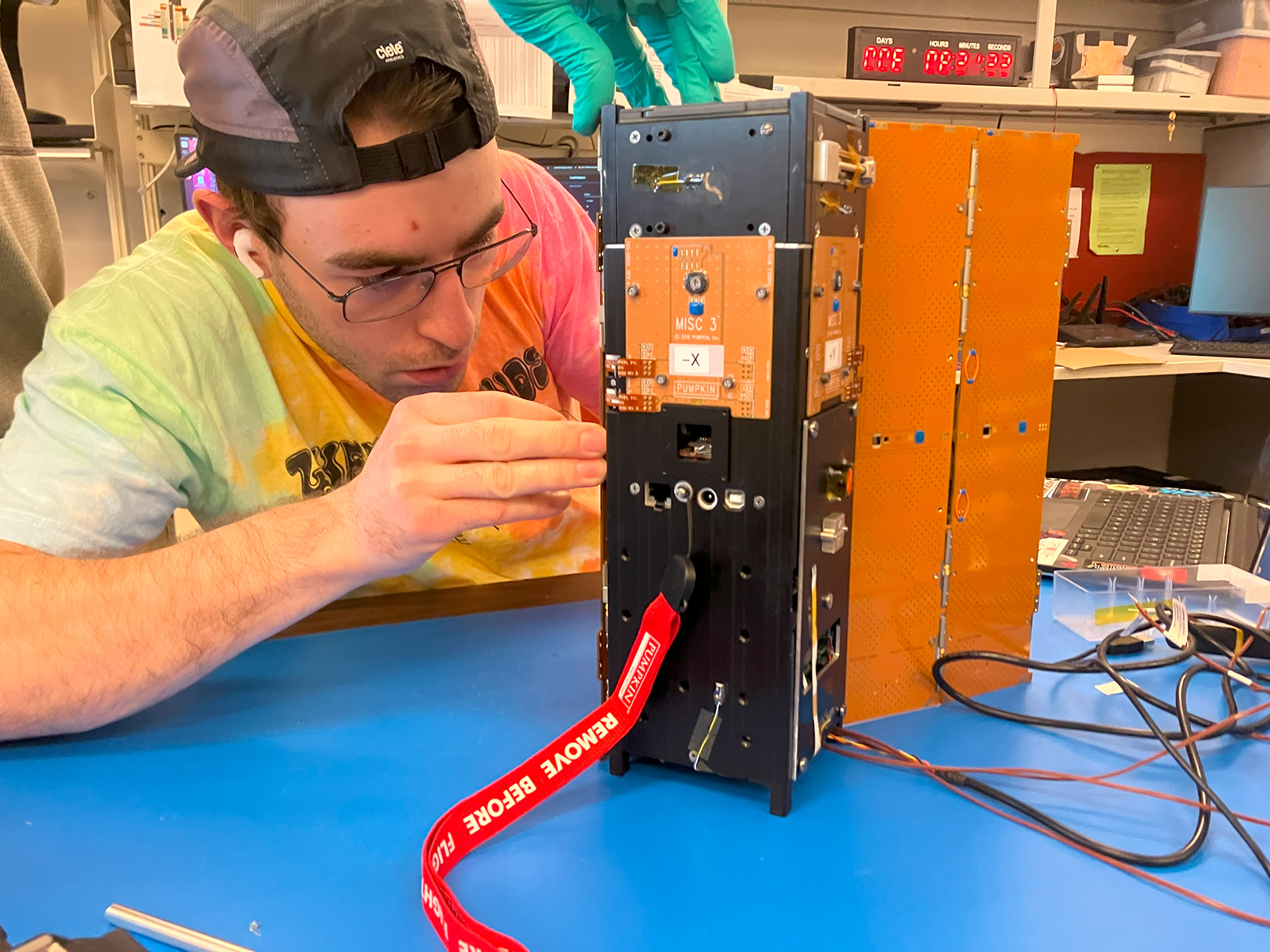
Members of NASA’s SpaceX Crew-9 mission will spend the next two weeks in routine preflight quarantine at the agency’s Johnson Space Center in Houston ahead of their mission to the International Space Station.
NASA and SpaceX have shifted the Crew-9 launch to no earlier than Wednesday, Sept. 25, to complete prelaunch preparations and ensure separation between operations. Liftoff is targeted for 2:28 p.m. EDT from Space Launch Complex-40 at Cape Canaveral Space Force Station in Florida aboard a SpaceX Falcon 9 rocket and Dragon spacecraft named Freedom. This is the first time a human spaceflight mission will launch from the pad. Additional launch opportunities are available on Thursday, Sept. 26, Friday, Sept. 27, and Saturday, Sept. 28.
NASA astronaut Nick Hague, commander, and Roscosmos cosmonaut Aleksandr Gorbunov, mission specialist, will remain in isolation to prevent exposure to any illnesses before they join the Expedition 72 crew at the space station. As part of the Crew-9 crew, Hague and Gorbunov will join NASA astronauts Butch Wilmore and Suni Williams, who arrived to the space station in June.
Hague and Gorbunov are set to arrive at NASA’s Kennedy Space Center in Florida on Friday, Sept. 20, where the pair will remain in quarantine at the Neil A. Armstrong Operations and Checkout Building until launch.
Crew-9 is the ninth crew rotation mission with SpaceX to the space station under NASA’s Commercial Crew Program. The crew will spend approximately five months at the orbiting laboratory conducting spacewalks, research demonstrations, and experiments before returning in February 2025.
More details about the launch will be posted on the mission blog, @commercial_crew on X, or commercial crew on Facebook.








